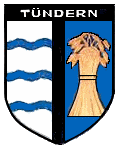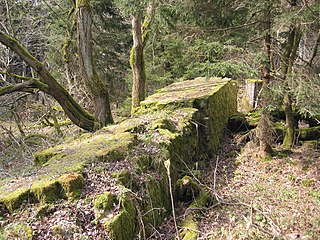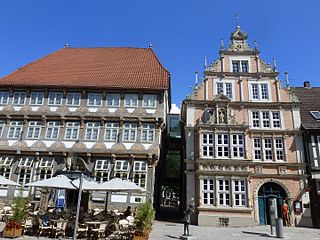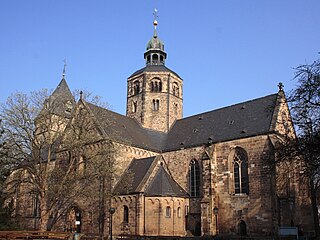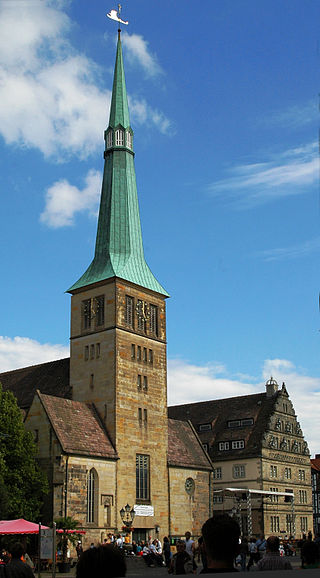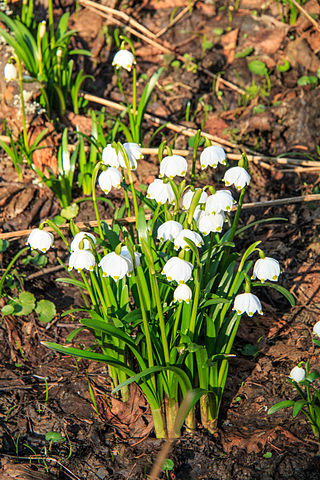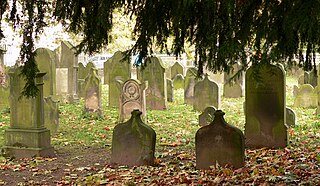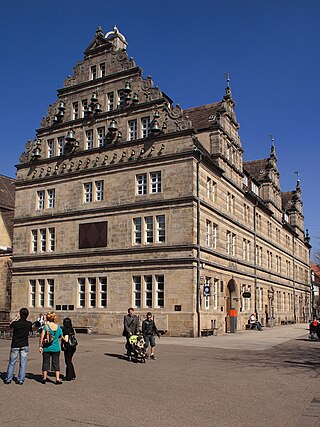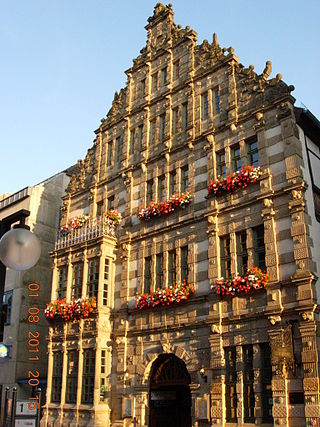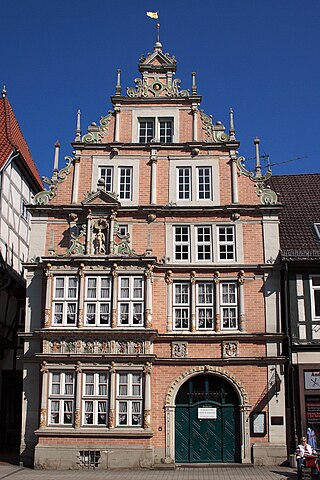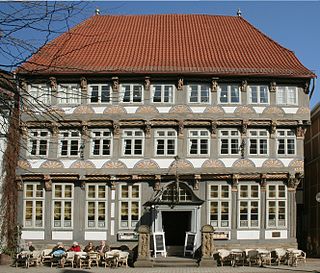12 Sights in Hamelin, Germany (with Map and Images)
Legend
Welcome to your journey through the most beautiful sights in Hamelin, Germany! Whether you want to discover the city's historical treasures or experience its modern highlights, you'll find everything your heart desires here. Be inspired by our selection and plan your unforgettable adventure in Hamelin. Dive into the diversity of this fascinating city and discover everything it has to offer.
Sightseeing Tours in Hamelin1. Tündernsche Mühle
Tündern is a village and a former municipality in the Hameln-Pyrmont district, in Lower Saxony, Germany. The village lies in an arc of the Weser, which flows past to the west, and is connected to the town centre via Landesstraße 424. In terms of area, Tündern is the largest single district in Hamelin.
2. Ehemaliges Horst Wessel Denkmal
The Horst Wessel Monument was a memorial to the Sturmabteilung Sturmführer Horst Wessel, who was killed in Berlin in 1930. The remains of the former monument are located in the Süntel, about 700 meters north of the Hameln district of Welliehausen in Lower Saxony as the crow flies. It was planned from 1933 and built until 1938 in the vicinity of former quarries at about 370 m above sea level. The construction created a visual connection over 12 kilometres to the Bückeberg to the south, where the Reich Harvest Thanksgiving Festival took place from 1933 to 1937.
3. Museum Hameln
The Museum Hameln is located in two buildings in the historic old town of Hameln, the Leisthaus and the neighboring Stiftsherrenhaus. The two buildings in Osterstraße are among the most important buildings from the Weser Renaissance period in Hamelin.
4. Münster St. Bonifatius
St. Bonifatius Minster is a former Evangelical Lutheran monastery and collegiate church in Hamelin. It is located on the southwestern edge of the historic old town not far from the Weser. The listed church is an element of the coat of arms of Hamelin.
Wikipedia: St. Bonifatius (Hameln) (DE), Website, Heritage Website
5. Marktkirche St. Nicolai
The Evangelical-Lutheran market church of St. Nicolai, which dates back to the 13th century, is the second oldest church in Hamelin after the St. Bonifatius Cathedral and, together with the wedding house, forms the centre of Hamelin's old town.
Wikipedia: Marktkirche (Hameln) (DE), Website, Heritage Website
6. Märzenbecherblüte
Leucojum vernum, commonly called the spring snowflake, St. Agnes' flower, and rarely snowbell among others, is a species of flowering plant in the family Amaryllidaceae. It is native to central and southern Europe from Belgium to Ukraine. It is considered naturalized in north-western Europe, including Great Britain and parts of Scandinavia, and in the US states of Georgia and Florida. This spring flowering bulbous herbaceous perennial is cultivated as an ornamental for a sunny position. The plant multiplies in favourable conditions to form clumps. Each plant bears a single white flower with greenish marks near the tip of the tepal, on a stem about 10–20 cm (3.9–7.9 in) tall, occasionally more.
7. Jüdischer Friedhof
The Jewish cemetery in Hamelin is a protected cultural monument. On it are 173 gravestones for Jewish deceased from Hamelin and the surrounding area. The oldest gravestone dates from 1741, the youngest from 1936.
Wikipedia: Jüdischer Friedhof (Hameln) (DE), Heritage Website
8. Hochzeitshaus
The Wedding House in Hamelin is an important Weser Renaissance building in Lower Saxony, which was built of Süntel sandstone. It is considered the last stone building to be built in this style in Hamelin and is a listed building. The construction period was from 1610 to 1617.
9. Pied Piper's House
The Pied Piper's House or Rattenfängerhaus is a half-timbered building in Hamelin. It is named after an inscription on its side which purports to be an eyewitness account of the events of the Pied Piper of Hamelin story, describing the departure of the Hamelin children on 26 June 1284. An English translation given on a plaque reads:A.D. 1284 - on the 26th of June - the day of St. John and St. Paul - 130 children - born in Hamelin - were led out of the town by a piper wearing multicoloured clothes. After passing the Calvary near the Koppenberg they disappeared forever.
10. Leisthaus
The Leisthaus is one of the most famous houses in Hamelin's old town and is one of the most magnificent buildings of the Weser Renaissance. It is located at Osterstraße 9 in today's pedestrian zone and is a listed building.
11. Stiftsherrenhaus
The Stiftsherrenhaus is one of the most famous houses in Hamelin's old town and is located in Osterstraße in the middle of the pedestrian zone. It is one of the most magnificent buildings of the Weser Renaissance and is a listed building.
12. Große Teufelskuhle
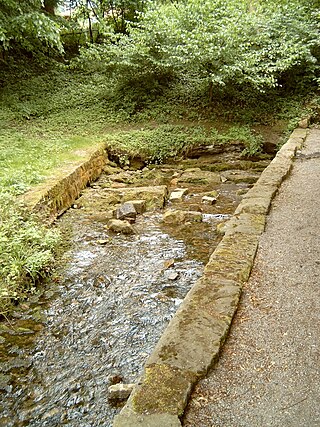
The list of geotopes in the district of Hameln-Pyrmont contains the geotopes in the district of Hameln-Pyrmont in Lower Saxony. Some of these geotopes are also protected as natural monuments (ND), landscape conservation areas (LSG), nature reserves (NSG) or part of them.
Wikipedia: Liste der Geotope im Landkreis Hameln-Pyrmont (DE)
Share
How likely are you to recommend us?
Disclaimer Please be aware of your surroundings and do not enter private property. We are not liable for any damages that occur during the tours.
